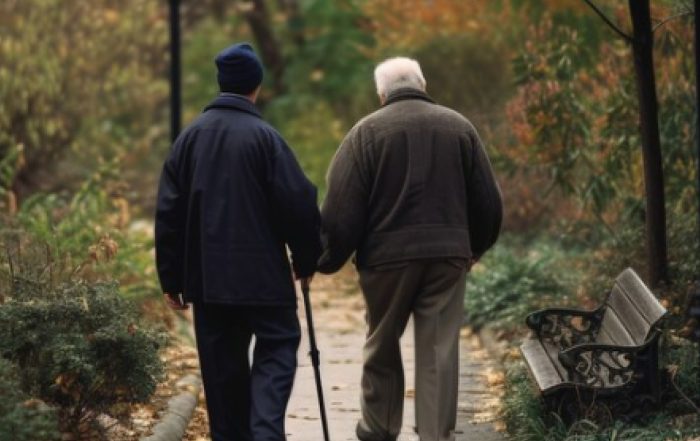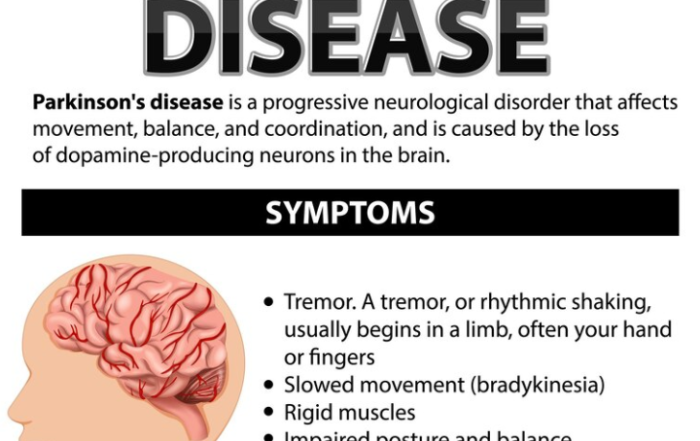Caring for an aging loved one is a tremendous responsibility. For most people, this responsibility isn’t one they can shoulder alone. When you leave your senior adult in the care of others, you expect them to be treated with compassion, dignity, and respect. Unfortunately, 1 in 6 elderly adults will become victims of abuse in community settings.
Stay vigilant on behalf of your loved one by getting to know the tell-tale signs of elder abuse.
Who is vulnerable to elder abuse?
Currently, an estimated 1-2 million adults over the age of 65 have been victims of some form of abuse.
In general, women are more likely to be victimized than men, but other factors like cognitive decline and difficulty communicating contribute to overall risk. Abusers tend to prey on older adults who they believe can’t report the mistreatment or who will be viewed as unreliable narrators if they do.
Sadly, the most common perpetrators of elder abuse are family members.
What does elder abuse look like?
Abuse can take on many forms and does not necessarily include bodily harm. Being aware of the different ways that mistreatment can manifest makes it easier to quickly identify it and report it to the proper authorities.
Signs of Physical Abuse
Physical abuse includes any use of force against an elderly person that causes pain or injury. Watch out for:
- Unexplained bruises, cuts, or burns.
- Signs that your loved one has been forcibly restrained without a medical justification.
- A fearful or withdrawn demeanor.
- Unlikely or suspicious explanations for injuries.
Signs of Sexual Abuse
Sexual abuse includes any unwanted or exploitative interaction of a sexual nature. It can entail inappropriate touching, rape, assault, forced nudity, or medically unnecessary invasions of privacy. Seniors who are experiencing cognitive decline are particularly vulnerable. Loved ones who suspect sexual abuse should look for signs of:
- Bruises or other injuries to seniors’ breasts, buttocks, or genitals.
- The appearance of sexually transmitted infections.
Signs of Emotional Abuse
Words and actions designed to inflict mental or emotional pain on an older adult are a form of elder abuse. Emotional abuse can include insults, threats, or cruel epithets, but caregivers who manipulate, condescend to, or ignore seniors may also be guilty of abuse.
If you suspect that your loved one may be experiencing emotional abuse at the hands of a caregiver, look for:
- A withdrawn or distrusting demeanor.
- Sudden changes in your senior adult’s personality.
- An unwillingness to participate in conversations.
- A loss of interest in social activities.
Signs of Financial and Material Exploitation
Last year, senior citizens lost nearly a billion dollars to scammers. While many people worry about their elderly loved one falling victim to fraud over the phone, it is especially devastating when it happens at the hands of someone they know and trust. Financial abuse can entail outright theft or forgery, but it may also include manipulation and misuse of assets.
Keeping a close eye on who has access to cash, passwords, and prescription medications can help seniors stay safe from exploitation. Watch for signs of:
- Irregular bank activity.
- Missing medications or other personal property.
- Signatures on checks that don’t appear to belong to your loved one.
- Any mail or official documents that include the names of others who don’t belong.
Signs of Neglect
Failing to provide for the physical, emotional, and medical needs of an older adult is a form of elder abuse, whether or not the harm is intentional. As seniors’ needs change, caregivers may need to provide more assistance with meals and personal care tasks than before. Older adults who do not receive adequate care for their level of need are victims of neglect. Take notice of:
- Inadequate food, clothing, and personal hygiene items.
- Dramatic weight loss.
- Unsafe or unsanitary living conditions.
- Declining health or bodily hygiene
How can we prevent elder abuse?
The mistreatment of older adults is far too common. Fortunately, the care and support we give elderly members of our community can help protect them.
Be aware of any physical or mental changes.
Your connection with your senior loved one is your most powerful tool in the fight against elder abuse. Ask questions about your senior’s daily activities, meals, and relationships with other caregivers, and don’t hesitate to follow up if anything raises concern. Even if you can’t be physically present, checking in regularly can help you notice troubling changes in their mental and emotional state quickly.
Support seniors’ social network.
Social isolation makes older adults more vulnerable to abusers. Encouraging activities and interactions can remind seniors that they are valued by their communities. Being socially active will make them more likely to speak up when facing mistreatment.
Choose professional in-home care.
Caring for an aging loved one requires a great deal of support. Often, caregivers struggle to verify that everyone involved in their senior adult’s care is trustworthy and properly trained.
Professional in-home care and respite services are a great way to ensure that vetted, highly-qualified individuals will be seeing to your loved one’s needs.
Report suspected abuse.
If you are concerned for your loved one’s safety or think they may be a victim of elder abuse, contact the domestic violence hotline, or reach out to Adult Protective Services through your state’s Department of Social Services.
Your willingness to advocate for the senior adult in your life may have tremendous impacts on their health and wellbeing.







